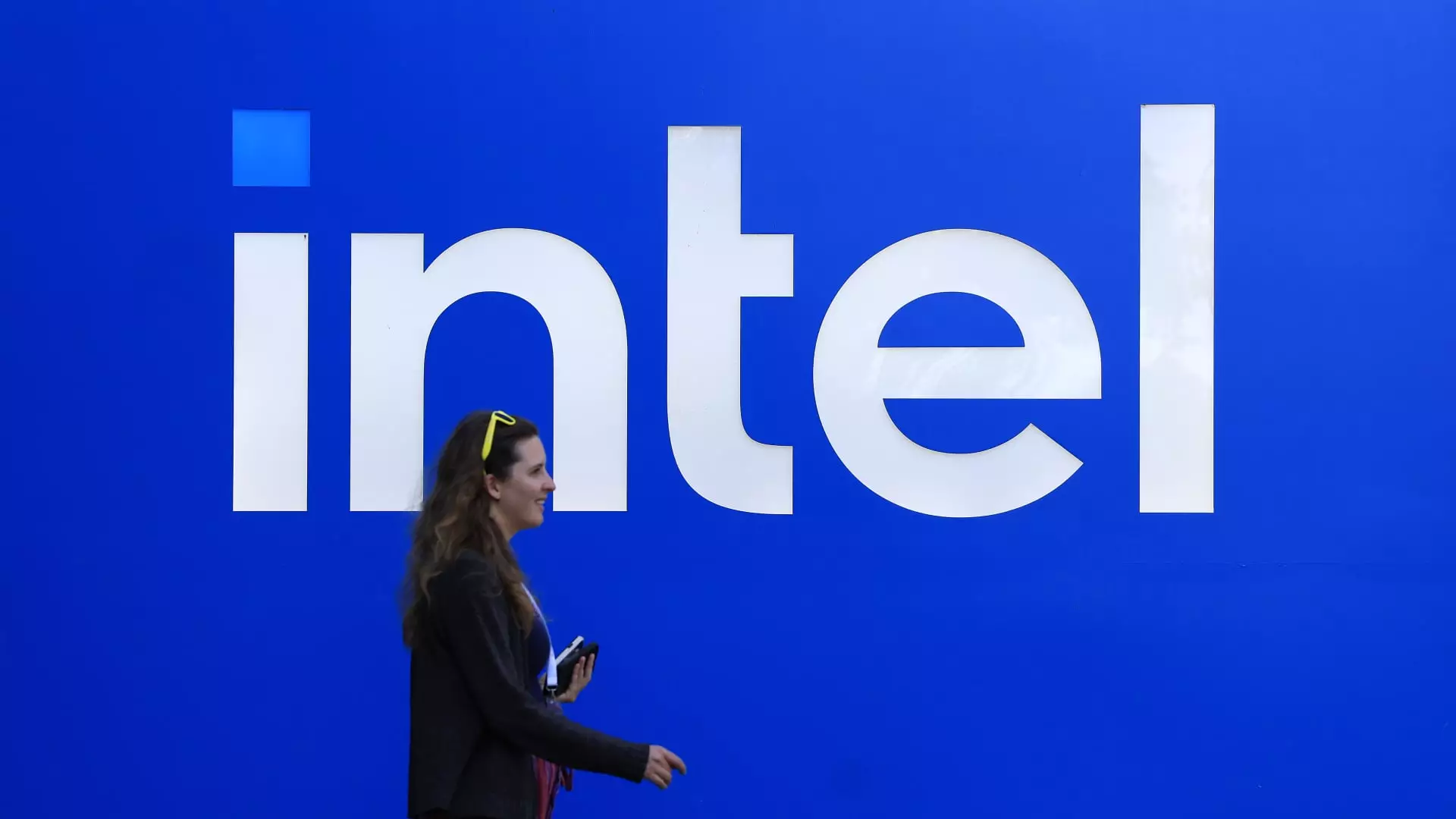In an era marked by economic uncertainties and geopolitical tensions, the after-hours trading landscape offers a revealing glimpse into the underlying strengths and vulnerabilities of the corporate sector. Many companies defied fears of slowdown and recession by delivering impressive earnings reports that outpaced analyst estimates. This divergence underscores an important reality: while some sectors demonstrate remarkable resilience, others reveal the cracks and uncertainties that threaten broader stability. The contrast between rising stocks like Deckers and Coursera versus the fall of Verisign underscores the complex, uneven fabric of today’s economy.
The rally of companies such as Deckers and Coursera exemplifies the capacity of certain firms to adapt and innovate amid turbulent times. Deckers’ 6% increase and Coursera’s 20% surge are not mere statistical anomalies—they reflect a collective investor belief that consumer discretionary and expanding digital education markets are still robust, even as macroeconomic headwinds persist. These outperformances showcase the market’s preference for companies that have either strengthened their brand appeal or pivoted effectively in a changing landscape. However, beneath this optimism lies a sobering reminder that not all sectors fare equally well. Verisign’s decline, despite posting solid earnings, signals the fragility and fickleness of the digital infrastructure sector—a critical backbone of modern connectivity that remains exposed to regulatory and competitive pressures.
Strong Earnings, Yet Lingering Doubts
The contrast between the stellar results of some companies and the comparatively subdued or negative responses of others reveals a nuanced, and often conflicted, sentiment among investors. Firms like Boston Beer and Edwards Lifesciences posted significant beats, driving their stocks upward by notable margins. Boston Beer’s nearly 8% jump on exceeding earnings expectations highlights the continued strength of premium niche brands in a market that often leans toward value. Similarly, Edwards Lifesciences’ near 6% rise underscores the ongoing demand for innovative medical technology, which remains relatively insulated from short-term economic shocks.
Yet, even amidst these triumphs, there are telltale signs of underlying fragility. Verisign’s 4% decline, despite a revenue increase, suggests that investors are wary of over-reliance on past successes or potential future regulatory hurdles. The fact that certain stocks can topple despite beating earnings signals a market that remains cautious, skeptical of overly optimistic narratives, and conscious of economic headwinds that could cloud the horizon.
### Divergence in Sector Performance: A Reflection of Economic Realities
The divergent performances across sectors serve as a microcosm of the broader economic environment—one where growth is uneven and uncertainties loom larger than before. The casino industry, represented here by Boyd Gaming, demonstrates how even resilient sectors still depend heavily on consumer confidence and discretionary spending. Boyd’s modest 1% gain evidences an industry that, while somewhat buoyant, cannot escape the pall of economic slowdown. Conversely, companies like Mohawk Industries and Comfort Systems USA reveal growth driven by underlying demand for housing, infrastructure, and essential services, emphasizing that within the broader downturn, some segments continue to thrive.
Furthermore, the commodities and mining sector, exemplified by Newmont’s 3% rise, embodies the global demand for raw materials amid geopolitical turmoil and inflationary pressures. The resilience of such companies hints at an underlying confidence in ongoing infrastructure projects and resource scarcity, fueling a sense of cautious optimism. Still, these gains may be short-lived if global tensions and economic policies shift unpredictably.
Market Sentiment: A Delicate Balance Between Confidence and Caution
The overall picture painted by these after-hours movements is one of a market operating on a knife’s edge—where robust corporate earnings coexist with an undercurrent of uncertainty. Companies that have reported positive results are evidence that certain sectors can defy contractionary pressures, but their gains are tempered by widespread skepticism about the longevity of this growth. The trader’s dance is characterized by knee-jerk reactions—celebrating beats and revising expectations—highlighting a sentiment that is simultaneously optimistic and wary.
In such an environment, investors must remain vigilant, discerning between genuine resilience and temporary overperformance. The intelligence gleaned from these movements suggests that a cautious optimism is warranted, but overarching fears—be it inflation, geopolitical instability, or regulatory challenges—continue to cast shadows over the seemingly bright spots. As the market navigates this precarious phase, only those firms with adaptive strategies, tangible differentiators, and sustainable growth models will truly withstand the turbulence ahead.

